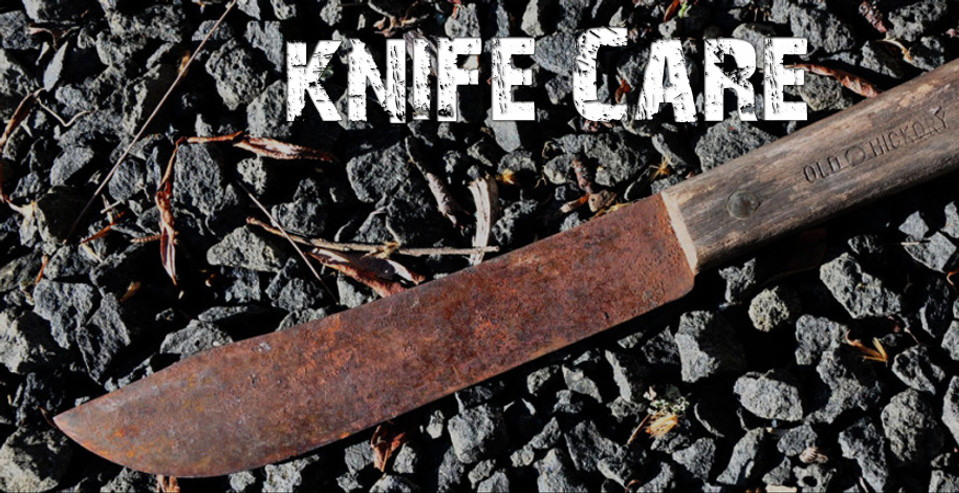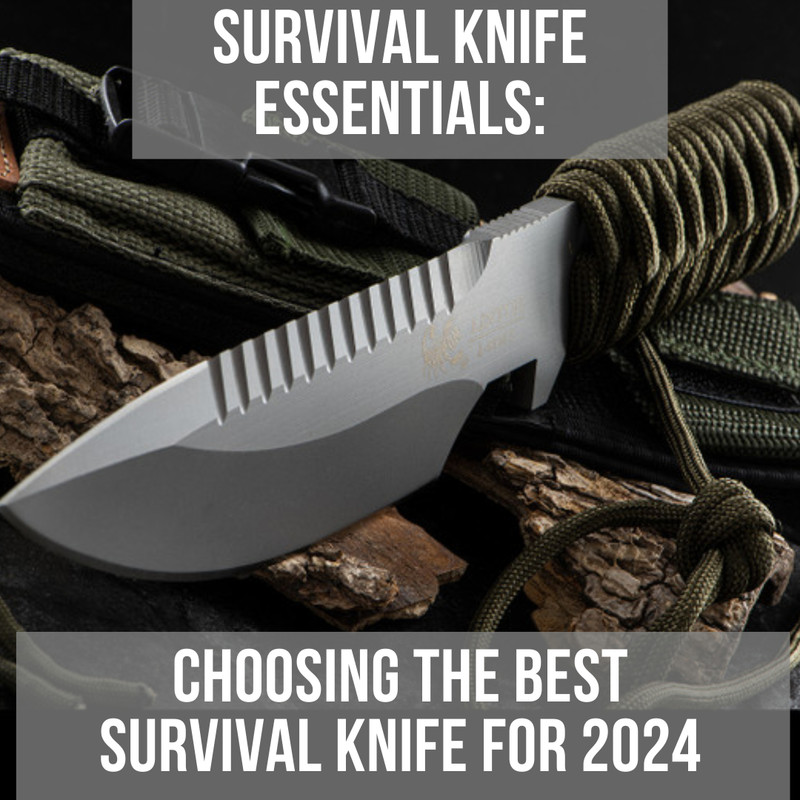Look after your knife and tool, fool – the Heinnie guide to knife and tool care
Posted by HH on 1st Aug 2015
Even the hardest use knife needs a little TLC every now and then. Even if it’s not used daily still look after it, because when you do need it, you’ll be so glad it’s in top condition!
Before we even delve into the details of how to look after your knife, here are five key points you should always keep in mind at a bare minimum!
Keep your knife dry! We aren’t just talking about the blade, but the handle and scales too, as water and other liquids can do them just as much damage!
Keep your knife clean! We’ve talked before about pivots and locks and how locks cane be prone to failure when dirty, so look after the lock and it’ll look after you.
Keep your knife oiled; especially pivots on folding knives and the blades on fixed blades.
Keep your knife sharp! A sharp blade is safer than a dull one.
Do not attempt self-repair. This usually voids the knives warranty.
Knife Steels
Many (not all) knives these days are Stainless Steel, which are resistant to rusting at room temperatures, but they’re prone to discoloration by oxidation at elevated temperatures due to the presence of chromium and other alloying elements such as titanium and molybdenum. If your knife is steel but not stainless, chances are you have a Carbon Steel blade. This will rust a lot easier, so if you have one it’s ESSENTIAL that you look after it properly and regularly. That is unless you want to buy a new knife from us every couple of months (which we don’t really mind too much haha).

What problems are faced by not cleaning regularly?
Oxidation – This is essentially corrosion of the metal. It happens simply when the metal is exposed to the air. This usually precedes rust. As you can imagine corrosion isn’t great for the knife or tool.
Discolouration – Discolouration is a sign of oxidation. This necessarily isn’t too bad, as long as you keep the knife clean this shouldn’t turn into rust.
Rust – Rust has a reddish-brown colour. It will eat pits into your blade and contaminate what you cut. This is a bad sign no matter the knife.
Cleaning
After using your knife, it is a good practice to clean and dry your knife (the entire knife, not just the blade). It doesn’t matter whether it’s a fixed or folding blade. Even if you have a stainless steel blade, regular cleaning is good!!
Luckily for you here at Heinnie Haynes we have a pretty comprehensive range of knife care products including Frog Lube products. So you have absolutely no excuse for not looking after you knife!

As an alternative, chemical solvents such as Acetone, nail polish remover, alcohol, hydroscopic fluid or paint thinner can be used to clean your blade. However, use care with these solvents, as some, such as acetone, nail polish remover, petrol, or brake fluid may damage some knife handles which isn’t ideal! In addition avoid harsh detergents that contain Chlorine (mostly powders, including some for washing dishes and clothes), which can accelerate corrosion of the blade steel. Finally, avoid prolonged immersion in any liquid for too long as this can also have a detrimental effect on the blades of the knife (and potentially handle).
Clean the entire knife regularly, including blade, pivot points and locking mechanism. If possible, clean it without immersing into liquid (spray cleaners work well). If you immerse in liquid (water, soapy water, or solvents), dry thoroughly after cleaning, then oil blade and moving parts. Regular cleaning and oiling should take care of sticky residue and light surface oxidation or beginning rust formation commonly found on knives.
If you have found light rust on your knife it can usually be cleaned easily with oil. Heavier rust needs to be cleaned with more abrasive action, such as cleaner, polish, or plastic cleaning pad.
Remember to lube up
Periodically, and always after cleaning, apply a small amount of lubricant to the working parts of the knife, particularly the pivot points of a folding knife! Then apply a thin film of lubricant or oil to the surface of the blade. This will prevent the three problems we established earlier such as oxidation, discolouring and rust.

Give yourself the Edge
Honing or re-grinding knife blades that have lost their sharpness requires knowledge and experience. However, sharpening the knife blade with a fine whetstone (carbon steel and laminate steel only) or a diamond sharpener (all types of knife) can be learnt quite quickly, although it always takes a certain amount of practice. Always work at the same angle the blade was originally ground to. Some knife sharpening kits are better or easier for this than others. If you’re in the market for a sharpener or need a new one, we’ve got a good range in at present!
It is absolutely crucial to sharpen cold (the blade that is, not you), i.e. using water to cool the edge to avoid compromising the blade’s tempering (hardening and annealing). If the edge has turned blue or discoloured, this is a sign of overheating. Polishing away such discolouring will not help, you will only be sweeping the visible evidence under the carpet. If this has happened obviously you will have stopped sharpening the knife. Next step find someone with knowledge of not only sharpening but your particular knife. They will be able to give you the advice you need.
Repair
Self-repair of most pocket knives will void your warranty. If your knife needs repair, please contact the manufacturer for more information. If the necessary repairs are covered under warranty, the work will be done at no charge. If the repairs are not covered under warranty, the company will advise you of the cost and ask for your approval before doing any work.

Summary
Cleaning, polishing and lubricating all help to enhance the longevity and usability of the knives and tools in question. But, that doesn’t mean cleaning will stop anything going wrong with your knife or tool. You want to use your knives and tools (rightly so), but be aware that does mean it will likely get worn and damaged. Cleaning will make these makes of usage look better and help the blade last longer, but it will not prevent all types of damage.
Make sure your knives always perform their best with our knife care tools








